Download Centre

Looks like you don't have ESC button on your device
Download IronCAD DCS
Choose one of the following options
trial versionHas a license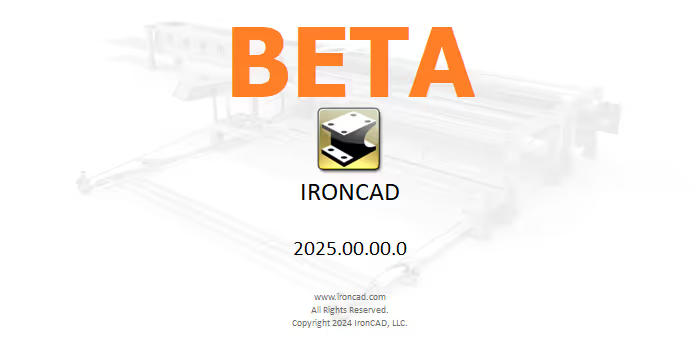

Emil Rindell

Jonas Bryntesson

Henrik Andersson
2024-10-16

Emil Rindell

Jonas Bryntesson

Henrik Andersson
2024-10-16
IronCAD LLC is soon to release version 2025 of its IronCAD Design Collaboration Suite and with it comes many new features and functions.
You can now beta test the upcoming version yourself during the rest of October.
BETA TESTING FOR IRONCAD 2025 IS NOW CLOSED
Watch this video demonstrating many of the new features in version 2025.
Collect your most used catalog items into a new favorite catalog that appears on screen at the touch of a button just when you need it. It's also easier to copy and paste items between catalogs using standard keyboard shortcuts. New auto-save and backup features and the ability to close all open files in one command give you more control over your everyday work. For 3D export to other CAD systems, a new window collects the settings for all file formats.
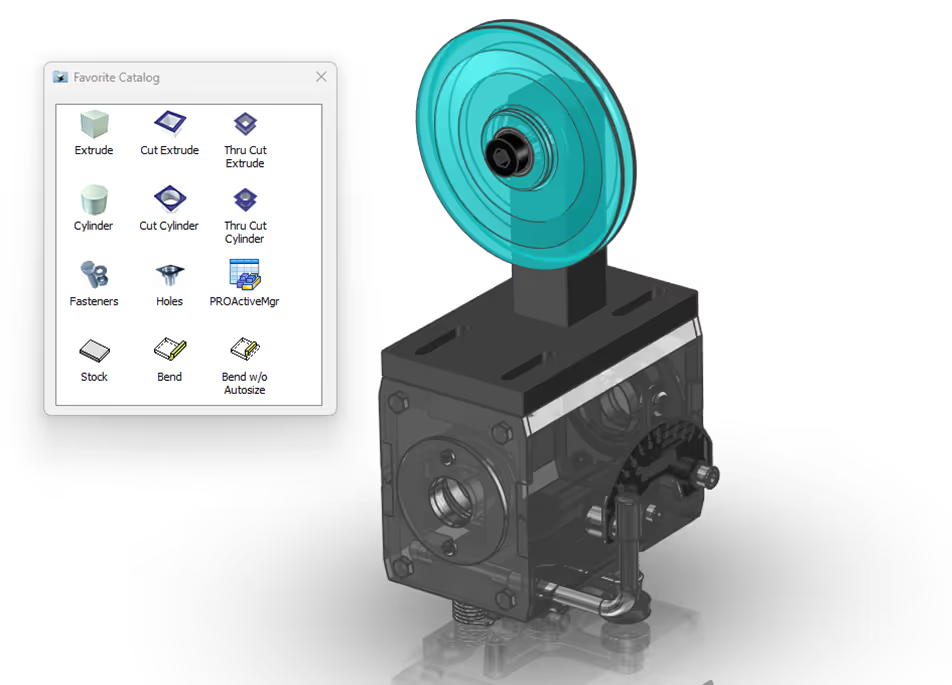
The round Sizebox handles have a new symbol if a min/max value is applied and it is possible to change multiple models symmetrically at the same time by right-drag in Sizebox handles. More possibilities for more advanced lofting, surfaces with G2 curvature control and improved debugging for Shell features make it easier to create and manage more advanced shapes. A completely new function for bending shapes has been implemented, Bending and Twisting.
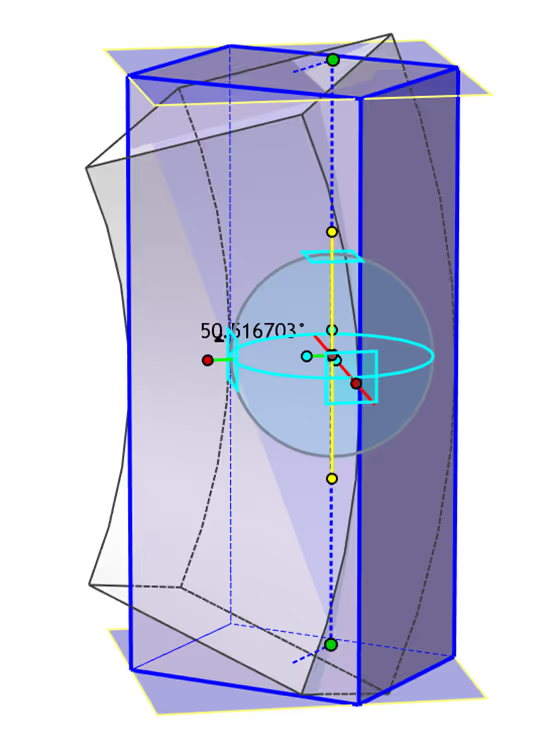
For parts and assemblies, new tools for Assembly Feature and Assembly Mirror with associativity to existing models. For parameter-driven models via MS Excel, more formatting possibilities are coming. Mechanism Mode can ignore assembly-structure to better solve more complex tree structures, shortcut for part level also works with Mechanism Mode and with cam-constraints you can now also choose to follow surfaces, in addition to edges with smooth transitions.
With the Sketch, it has become easier to utilize edges from other 3D models, e.g. by being able to Project several of these at once via box marking or applying Smart Dimensions to them. A new selection filter for radii (Fillet) makes it easier and faster to select them.

You can now also quickly and easily extract a copy of the sketch from an existing Shape Feature (Extrude, Spin, Sweep and Loft).
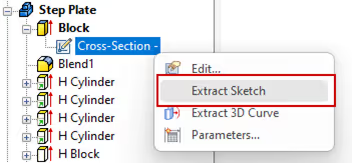
In the 2D drawing, it is now possible to automatically display the name and scale of Section and Detail Views and to lock views to the paper based on a specific geometric point in the view. The bulk export command gives more control over the position and size of views on the paper and the placement of automatic dimensioning. Drawing frame and drawing header have been separated to make it easier to replace one or the other. Punched tables have better text formatting settings, and BOMs can better handle new rows added manually.
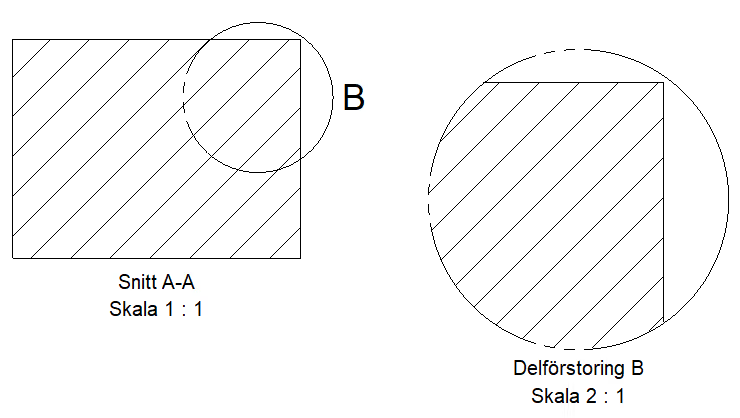
With the new Quick Bend you can select several edges on a Sheet Metal-part which immediately get each Bend feature applied to these edges. When converting a solid to a Sheet Metal sheet, all Part Properties can be read over to the new Sheet Metal part. The Sketched Bend feature command makes it easy to save and quickly reuse frequently used settings. Handles are shown on all contour lines around the sheet and linear patterns of lines can be used for bending. Curved Stock can now use Polylines without any radii between the lines as the bend radius is set as a property on the part and the start of the lines does not have to be in the coordinate origin.
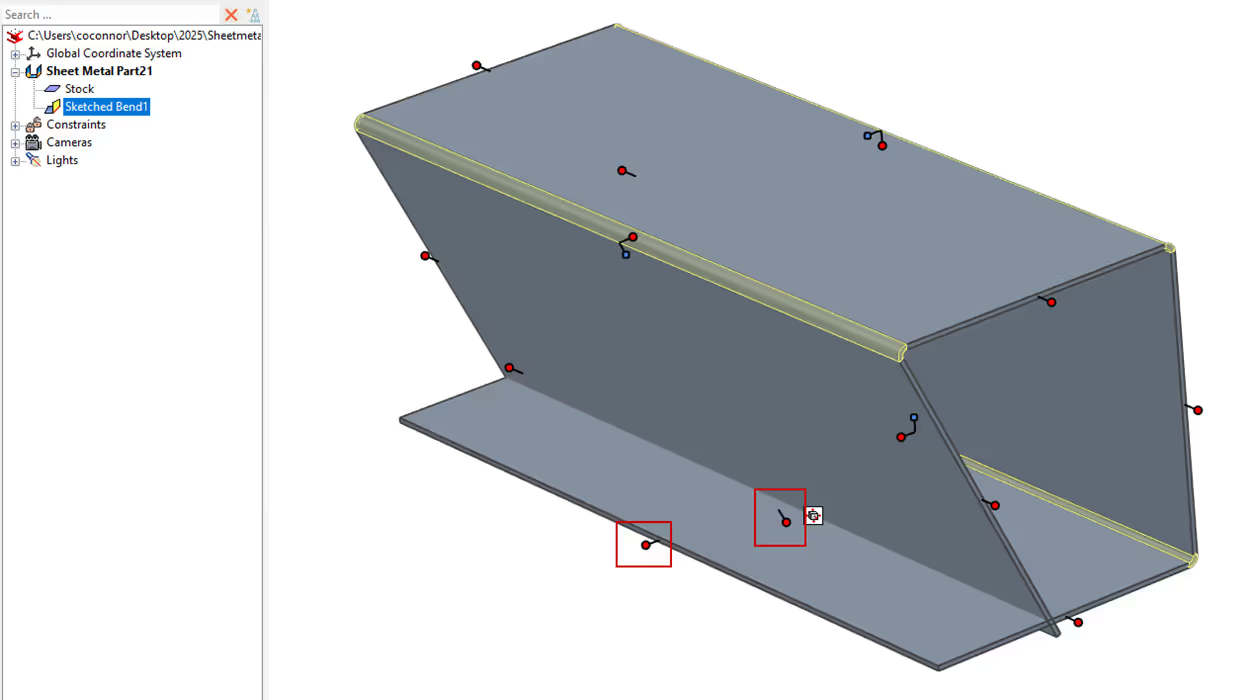
A trial version of IronCAD's GPT4-based AI Chatbot will be launched with version 2025. It will allow you to ask questions and get answers in text, image and with links to useful videos.
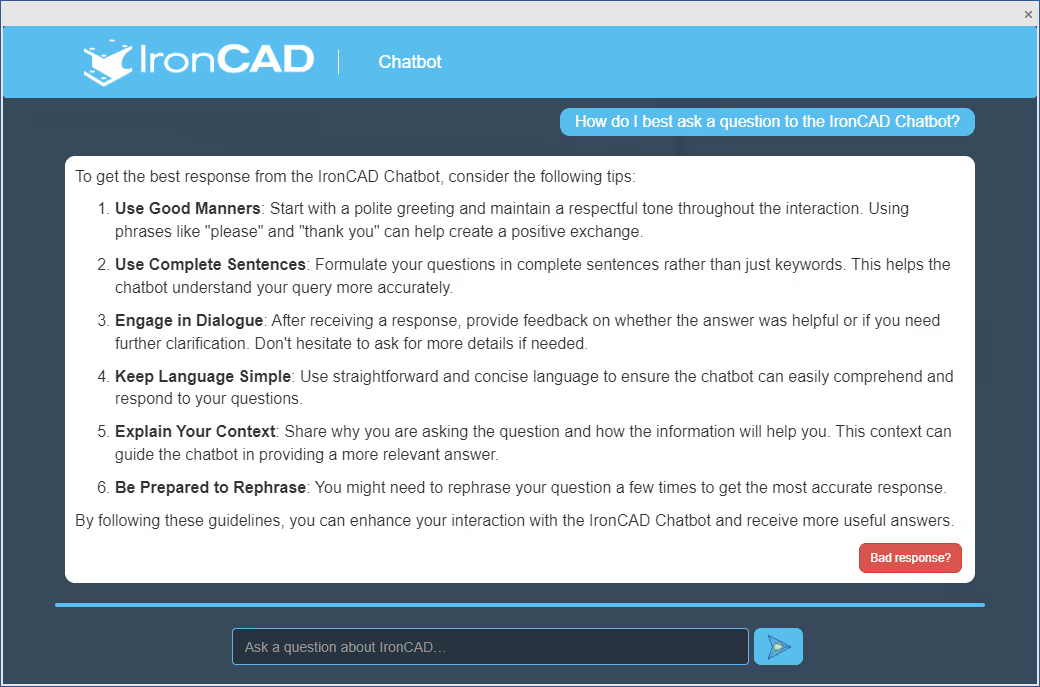
Answer: Here we publish tips, guides, news and solutions for those who work with IRONCAD and Design Data Manager (DDM). The blog covers everything from basic functions to advanced workflows, helping you to optimize your design work. You'll find examples of smart shortcuts, practical instructions, solutions to common problems, and best practices for product design, mechanical design, and product data management.
Answer: Our guides and tips are designed for both beginners and experienced CAD users. They are aimed at designers, engineers and project managers who want to work more efficiently with IRONCAD and DDM, improve the design process, reduce mistakes and save time in product development.
Answer: We regularly publish new articles when the software is updated, when new features are introduced, or when our users ask for solutions to specific problems. The blog is therefore a reliable source for keeping up to date and getting tips that make everyday CAD work easier.
Answer: Many of our instructions and tips work in multiple versions, but we clearly indicate if an article applies to a specific version. We strive to make the content useful for older versions as well, and also provide recommendations on how to adapt workflows to the version you are using.
Answer: Absolutely! If you can't find the solution in the blog, you can contact our technical support via solidmakarna.support. Our experts will help you with everything from installation and configuration to advanced features in IRONCAD and DDM, so you can solve problems quickly and efficiently.
Answer: Yes! We appreciate suggestions from our users. If you have questions, tips or want us to address a specific issue in IRONCAD or DDM , please contact us via our contact form and we will prioritize relevant topics in future posts.
Answer: The blog contains, among other things:
Practical step-by-step guides to help you use IRONCAD and DDM more effectively.
Productivity and workflow tips for faster design and construction.
Solutions to common problems encountered by users in CAD programs.
Updates and news on new features, versions and improvements.
Best practices for data management and project organization in DDM.
Answer: All tips and guides are directly applicable in daily work. For example, you can use shortcuts and smart features in IRONCAD to speed up modeling, structure files better in Design Data Manager, or follow our step-by-step solutions for specific problems that often come up in design projects.
Answer: We strive to ensure that all guides and tips are relevant to the latest versions of IRONCAD and DDM. We also clearly mark when a post applies to an older version, so you always know if the instruction is directly applicable to your system.
Answer: Yes! Many of our users share the articles with colleagues and use them as internal training materials. The blog is a great complement to formal training and helps teams learn features faster, avoid mistakes, and standardize workflows in IRONCAD and DDM.